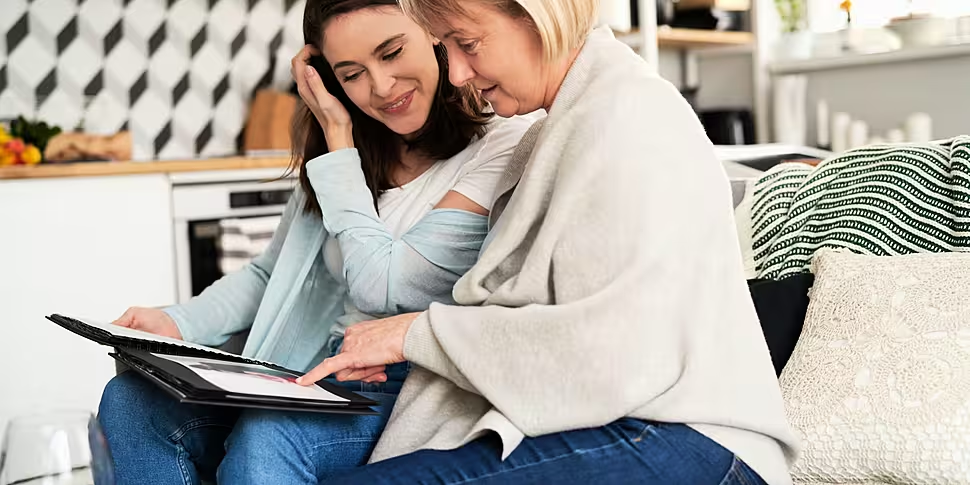On this week’s So You Think You’re an Adult, a mother doesn’t know when her 30-something daughter is going to move out.
“My daughter is living with us as she saves for a house and she’s been at home now for more than a year,” she told Moncrieff.
“We have been very happy to have her while she saves, however there’s been a shift lately.
“She’s spending a lot more money lately - Amazon packages arriving every other day, shopping bags when she comes home from work at least once a week, going for dinner with friends - so from what we can see, she’s not saving like she was.
“This was supposed to be a two-year stint to get her deposit together, but it seems like she’s not really focused on that anymore.
She asked whether she and her husband are within their right to ask their daughter how much longer she expects to live with them.
“It feels like we’re trying to parent a 30-something, but this is our home, and we feel like she’s taking advantage now,” she said.
'Approach it with understanding'
Broadcaster Declan Buckley said there is a “definite clash between the desire for parents to want to give the best of opportunities to their children and also the desire to have their own life”.
“Fundamentally, if a child has moved back into the family home with a view of ‘I’m only here as long [as it takes] to earn the money’, that’s a deal,” he said.
“That’s not ‘You’re still in my nest and I’m still raising you’, that's a different scenario.
“You’re totally within you’re right to ask what’s the plan.
“Approach it with the understanding that it is pretty crappy out there for young people trying to find somewhere.”
Adults living with parents
Actress Mary McEvoy agreed, saying there is a “bang of the younger person’s life is more important than the older person”.
“But then again, you have to find out what’s happening,” she said.
“The only way to find out what's happening is if they sit down and have the conversation.”
In 2022, there were 522,486 adults aged 18 years and over who were living with their parents, a 14% increase compared with 2016 and a 19% increase since 2011.









